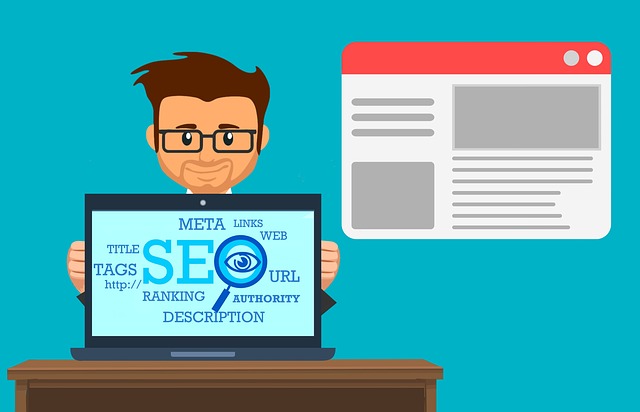Google and AI Content: What to Know (& What to Do)
Artificial Intelligence (AI) is transforming the way content is created and consumed online. With the rise of AI tools capable of generating human-like text, many content creators and digital marketers are turning to these resources for efficiency and scalability. But as AI-generated content floods the internet, a critical question arises: What does Google think of it? Understanding how Google views AI content—and how you should approach it—can mean the difference between ranking on page one or being buried in search results.
Google’s Official Stance on AI-Generated Content
For years, there was confusion around Google’s policies regarding AI content. Initially, it was assumed that Google automatically penalizes content generated by AI. However, recent updates have clarified that Google focuses more on content quality rather than the method of creation.
In February 2023, Google emphasized that “using automation—including AI—to generate content with the primary purpose of manipulating ranking in search results is considered spam and violates our policies.” That said, they also stated that not all AI-generated content is bad. If the content is helpful, relevant, and crafted with user experience in mind, it’s likely to be treated favorably.
What Google Really Wants
Ultimately, Google wants to serve content that demonstrates:
- Expertise
- Authoritativeness
- Trustworthiness
These three pillars, commonly known as E-A-T, have expanded with the addition of a fourth component: Experience. This upgraded model, E-E-A-T, places importance on the actual experience of the content creator in relation to the topic being covered.
This means that content backed by personal insights, original thought, and deep understanding tends to perform well—regardless of whether it was AI-assisted or not.

How to Use AI Content the Right Way
While Google doesn’t outright ban AI content, using AI irresponsibly can sabotage your SEO efforts. Here’s how to leverage AI the right way:
1. Use AI as a Tool, Not a Crutch
AI is best used for generating ideas, outlines, rough drafts, and inspiration. Never rely solely on raw AI output. Always refine, fact-check, and add human touch before publishing.
2. Combine AI with Human Expertise
A hybrid approach works best. Let AI handle repetitive tasks like data summarization or article structuring, while humans add the nuance, voice, and perspective that search engines—and readers—crave.
3. Focus on User Intent
Your content should always serve a purpose. Whether it’s educating, entertaining, or solving a problem, make sure that the final output—AI-generated or not—addresses user intent effectively.
4. Avoid Low-Quality Automation
Bulk generating articles just to increase volume can hurt your site’s health. Low-quality or repetitive content may lead Google to consider your pages as spammy or thin.

Signs Your AI Content Needs a Human Edit
Even the best AI tools can produce stilted or inaccurate text. Be on the lookout for these red flags:
- Overuse of generic phrasing (e.g., “In conclusion”, “It is important to note”)
- Inaccurate facts or outdated statistics
- Lack of depth or original thought
- No personal examples or experiences
Before publishing, go through the content manually and enrich it with unique insights and reliable sources.
What to Do Moving Forward
Embracing AI doesn’t mean sacrificing quality. Here’s how you can move forward with confidence:
- Experiment with AI: Try different tools to see which ones align with your workflow.
- Perform regular content audits: Ensure that all articles—AI-generated or not—meet Google’s quality standards.
- Stay current: Follow Google’s algorithm updates and best practices regarding AI and SEO.
Integrating AI into your content strategy can save time and resources, but only if done thoughtfully. Google isn’t against AI—it’s against low-quality, manipulative content. Focus on providing real value to your audience, and you’ll stay on the search engine’s good side.
In summary, blending AI efficiency with human creativity is the best path forward. Leverage the power of technology, but never forget that people—and Google—favor content that feels alive, informed, and truly helpful.

Comments are closed.